Feline(Cat) Fleas
Feline Fleas are the most commonly found Fleas in North Texas. Even though their named Feline(Cat) Fleas, they will Feed off of many different types of host including dogs, people, squirrels, mice, and birds. They can survive for a couple of weeks on a single host, but have an extreme rate of reproduction allowing them to cause infestation levels of activity within a short period of time if left unattended. These Fleas have a shiny hard exoskeleton and are a reddish-brown color. Their rear legs are long, and extended allowing them to jump up to 150x their height meaning they can travel distances at a fast rate, and are very evasive.
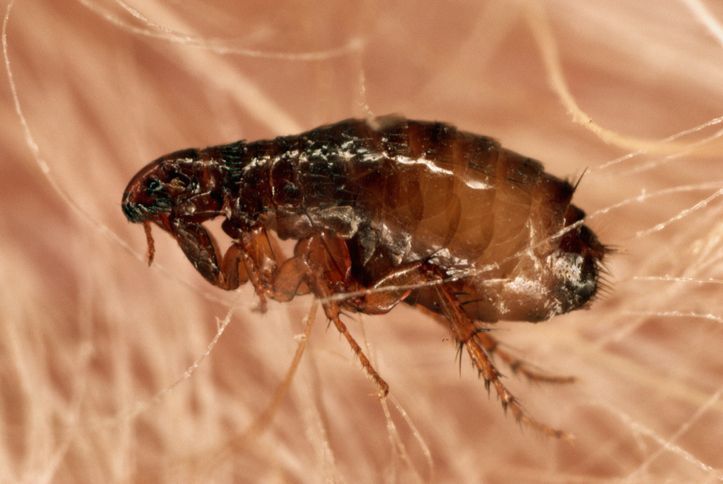
Types Of Ticks In North Texas
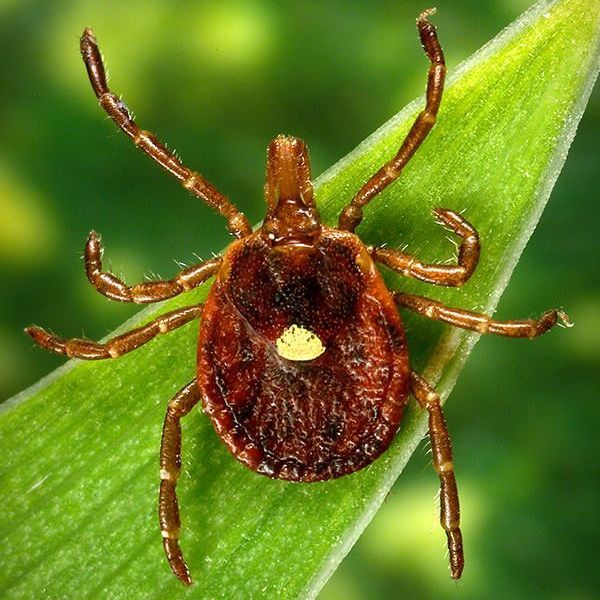
Lone Star Tick
- The Lone Star Tick is easily identifiable due to the single white dot in the center of the of the abdomen on females. Males are a darker brownish-red with lighter colored markings around the festoons. They range in color from a reddish-brown, to a grayish-brown in color. They get up to about 1/4 inch in length.
- Larvae have 6 legs, adults have 8 legs.
- More active and seeking of a host than most other ticks, as they will seek a host vs waiting to find one.
- Primarily found outdoors, located in fields and wooded areas.
- Bites can cause rashes around the bitten area, red meat allergies, can transmit the germs causing Human (Monocytic Ehrlichiosis), Rocky Mountain Spotted Fever, and 'Stari' borreliosis.
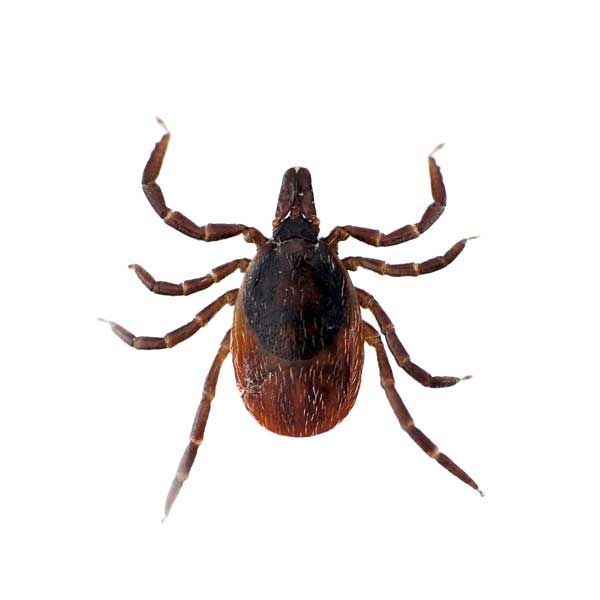
Black-legged (Deer) Ticks
- The Black-Legged Tick is identified by the darker brown/black body paired with darker colored legs vs other tick species. Full sized Adults average about 1/8 inch in length.
- Females have a much brighter reddish-orange area surrounding the darker scutum. Female Ticks require a blood meal to lay eggs, whereas adults don't feed.
- Larvae have 6 legs, adults have 8 legs.
- The most common Tick to carry Lyme Disease, seeking larger mammal host such as Deer most commonly, and even Humans.
- Commonly like to place themselves in areas not often interacted with, such as behind the ear, hair lines, and the backs of mammals.
- Increased issues involving Humans in recent years.
- Primarily active October - May as long as temperatures don't drop below freezing consistently.
- Most commonly found on branches, shrubs, tall grass, wooded areas.
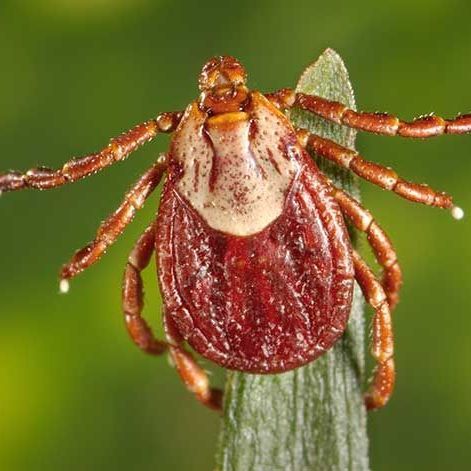
American Dog Tick
- The American Dog Tick is identified by it's darker red color paired with off-white markings on the abdomen. Full sized adults average 1/4 inch in length.
- Can carry and transmit Rocky Mountain Spotted Fever.
- Located in areas with little to no shade, favoring grassy fields, trails, & walking trails.
- Seek host that range in size from smaller rodents to deer.
- Larvae have 6 legs, adults have 8 legs.
- Can cause Canine Tick Paralysis if left untreated depending on the latch location.
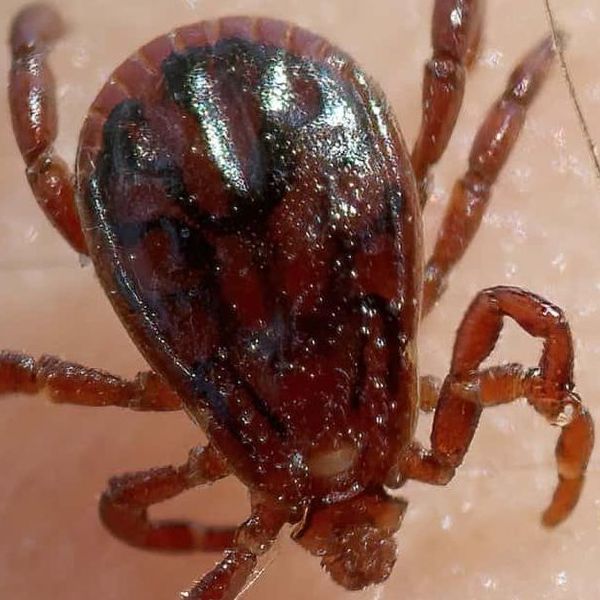
Brown Dog Tick
- The Brown Dog Tick is identified by their much darker color than the other variety of ticks in the area. It is hard to distinguish males from females due to a lack of markings/color.
- Can cause Rocky Mountain Fever, Canine Monocytic Ehrlichiosis in dogs, and pathogens responsible for causing Human Ehrlichiosis in some cases.
- Commonly found in grassy areas, shrubs, near dog houses, and is the most common tick to be found within a dwelling.
- Larvae have 6 legs, adults have 8 legs.
- More commonly found in warmer environments.
Pest Problems?
We Listen
Voice your concerns regarding pest, termite, and weed control. A courtesy inspection of your home in the Weatherford, Fort Worth, and Mineral Wells, Texas area, will help us both, by eliminating unnecessary treatment and overpriced services.
We Educate
Let us use our knowledge and 35 plus years of experience to help you with removing annoying and potential pests. It is our goal to help get rid of the problems and maintain a safe and healthy pest-free environment for you, your family, and your precious pets.
We Care
Protection for people, plants, and pets are first and foremost within the realm of providing you with our services. We will provide you with unmatched customer service to make sure you're satisfied with the end result.
Golden Rule Pest, Termite, & Weed Control LLC
Our focus is on providing high-quality pest control service. Our goal is to keep your home and business safe from pests. Our promise is to deliver the best experience possible.
© Golden Rule LLC 2024. All rights reserved
Contact us
1429 Ranger Hwy,
Weatherford, TX 76086
United States